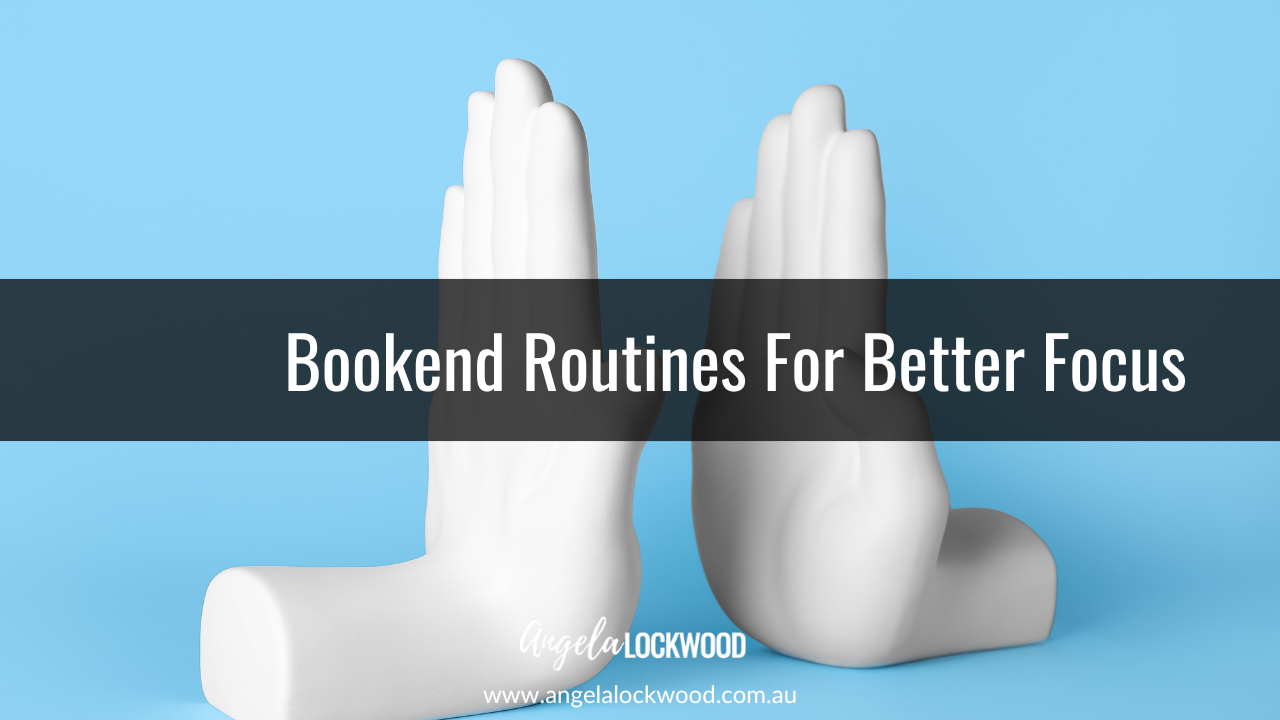Beyond the academics. Instilling a holistic approach to educating our kids.
Feb 16, 2022
As an Occupational Therapy student many moons ago I can remember from day one in our training, we were taught about holistic practices and holistic perspectives. I loved the sound of it and I loved more the many assignments and research papers we had to do on the topic. In essence, holistic practices are an integrative way of understanding and working with people that consider every area of their life and every contributing factor that could be affecting their functioning.
We are complex beings made of a complex system of components that all relate to each other and work together to make us who we are. In Occupational Therapy there are different models of practice that we study like the Model of Human Occupation or the Model of Occupational Performance, among others, that aim to explain and put structure around our understanding of how different aspects of a person interrelates.
It has always been what I love most about being an Occupational Therapist, it is the acknowledgment that not one part of a person is more important than another and none are separate from the other. Inter-relatedness, inter-connectedness is pretty powerful stuff, but it can also be overwhelming if we try to take it all in. To try to simplify it, one area of a person's life affects the other areas. For example, if you are injured playing sport on the weekend, then this will in turn affect your ability to perform your work. Or if you are having difficulties with your relationship with your partner, this may affect your sleep and health habits.
The very definition of holistic is the belief that the parts of something are intimately interconnected and explicable only by reference to the whole. A holistic way of practice and approach to a person's wellbeing is a the core of the work I do with children. A child may present to me in a classroom with having difficulties focusing and attending in class. They may be rolling all over the floor during whole-class instruction time. If I were to just look at the presenting behaviour in isolation from any other factor, I could jump to so many conclusions and waste a lot of time, energy, and negatively impact the child's classroom experience. From a holistic perspective, I would consider why. Why are they doing this, what was their experience before coming to school that day, what physiological factors may be at play, is there anything they are avoiding, what need is this meeting for them, are they finding anything difficult, are they aware they are doing it? The answers to these types of questions will help me see the child in the context of their environment, their experience, their psychological state; their whole state.
From an educational point of view taking a holistic approach relates to addressing the varied needs of a child, not just their academic needs. We know that a child has social needs, physical needs, psychological needs, community needs, family needs, creativity needs, and the list goes on, just like us adults they have a broad range of needs that if not met means a lacklustre functioning, low satisfaction, poorer relationships, and even questionable behaviour.
Focusing on a child from a holistic perspective recognises the importance of a child finding meaning in the time they spend at school. It is an important way of working with children that places value on more than their academic performance. A holistic approach to education is a dynamic, enriching and always evolving way to work with children. For most teachers, the understanding that a child is more than their academic grade is well understood but in a results-driven environment with internal and external pressures and expectations for achievement putting a holistic approach to everyday school, experiences can be difficult.
Children are also presented with a range of skills, challenges, and developmental needs that further impact a teacher's ability to incorporate whole-child approaches. I see this often in my work in schools where a teacher may have a dozen children in their class all of who have additional needs and they are doing their best to make changes to assist them to access the curriculum let alone help them facilitate a strengths-based perspective in all areas of the child's school experience.
According to The Australian Student Well-Being Framework, "A holistic approach to learning” is one of the key factors that enhances student success in all aspects of school life.
When we take a holistic approach to working with a child we move beyond skills such as numeracy, literacy and STEM to helping children develop life skills such as:
-
Persistence and resilience,
-
Creative and flexible thinking,
-
Executive functioning skills,
-
Problem-solving,
-
Relational understanding,
-
Empathy,
-
Being internally driven,
-
Emotional intelligence,
-
Community-based thinking, and
-
Self-leadership.
So how can teachers put a holistic based approach child at the centre of their teaching:
- Put the child's needs at the centre of what is needed. Find out what a child is good at and enjoys beyond their grades and favourite academic subjects.
- Develop a positive rapport with the child. Take the time to connect with the child and find out what makes them light up.
- Develop an open communication system with parents. Learn about the child's broader social network and support systems. They can be your biggest help.
- Create pause habits. Set up daily routines that allow for students to reflect and learn from their experiences at school while providing space for self-regulation.
- Build a team of support for you. A holistic way of teaching can feel like more is being added to your already full plate. Tap into networks of support that already incorporate holistic practices in their work.
Through my program The Holistic Classroom I work with teachers on how to address the emotional, social, physical, and academic needs of students in an integrated learning format that allows students to work to and build upon their strengths. Having worked with teachers for nearly 20 years I see teachers who have the best intent to be holistic but struggle with the practical application of how to do it. That's where getting support and tried and tested strategies work. No overwhelm, simple ways to ensure the needs of a child are being met, not at the expense of the teacher.
If you want support or are interested in adopting holistic practices in your class to join the next program of The Holistic Classroom, join the waitlist and be the first to know when doors open.
Let's bring out the best in our kids,
Angela






